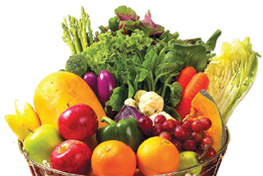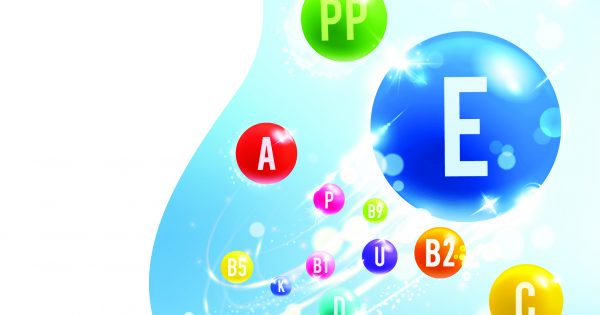We were taught by our parents that eating greens are great for our health. However, restricting to only greens is not good enough for you or your child. Fruits and vegetables come in different colours which are rich with diversified vitamins, minerals, fiber and not to mention natural disease-fighting chemicals. You can give your child an early start by introducing fruits and vegetables that are not bitter. As they grow up, no nagging would be necessary to get them to eat their fruits and vegetables. Below are the different health benefits associated with fruits and vegetables.
| What are “Fight-o-chemicals”? |
|---|
|
Colour up your child’s diet!
The attractive colours of fruits and vegetables are more than meets the eyes. They are not only pleasing to the eyes but consist many health benefits hidden behind these colours. There have been many research and studies done to unravel the hidden benefits. Read on to find out more.
Yellow/Orange
- Mainly consist of three main benefits
- vitamin C helps repair body tissues, increases the body’s defense against diseases and infections.
- carotenoids – Cruciferous (eg cabbage) and Brassica vegetables (eg broccoli, cauliflower, pak choy and kai lan) have been shown to reduce the risk of lung, colon and other cancers.
- bioflavonoids act as antioxidants to neutralize free radicals (harmful altered oxygen molecules caused by pollution) which may help prevent heart disease and cancer
Red
- Rich in lycopene that may prevent heart diseases, reduce tumour growth and possibly cancers.
White/Brown
- High in allicin which increases the body’s ability to fight infections better.
- May protect the lungs and inhibit the development of some cancer.
Green
- Green leafy vegetables have high concentrations of beta-carotene (a provitamin A).This can be converted to vitamin A (repairs eyes and skin tissues) by the body.
- Beta-carotene may also protect the body against cancer and improve lung function.
- Filled with lutein which may reduce the risk of eye problems such as cataract.
Blue/Purple
- Rich with antioxidants and anti-aging benefits from phytochemicals like anthocyanins and phenolics to ensure healthylooking skin and protection from harmful pollution and radiation.
- High in vitamin C, fiber (ease bowel movements and keeps your child full longer) and potassium (maintain a healthy heart and body’s growth).
- Filled with lutein which may reduce the risk of eye problems such as cataract.
Tips to Increase Your Child’s Intake of Fruits and Vegetables
- Don’t throw away edible skin (contains phytochemicals) of fruits like apples, pears and prunes. Just make sure it’s properly washed.
- Give 2 servings of fruits and 3 servings of vegetables a day to your little one. To know how much one serving is suitable for your child, ask him to grab a handful of vegetables or fruit. The amount he is able to handle is the amount you give him per serving.
- Ensure that your child gets a cruciferous vegetable (broccoli, cabbage, cauliflower) a few times a week.
- Switch candies for dried fruits like apricots and plums as snacks.
- Sneak in some chopped vegetables and cut fruits in different colours to dishes like fried rice, porridge or even pizza!
- It is best to consume fruits and vegetables to get sufficient amounts of antioxidants and other health benefits compared to pills and supplements.






Comments